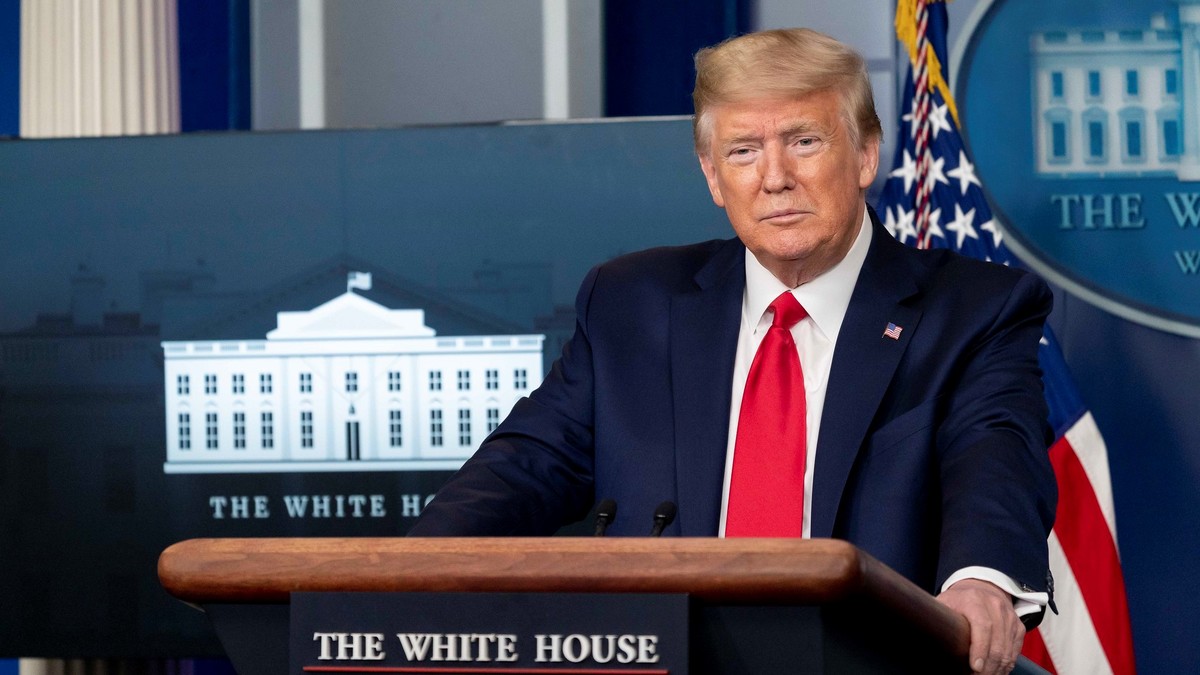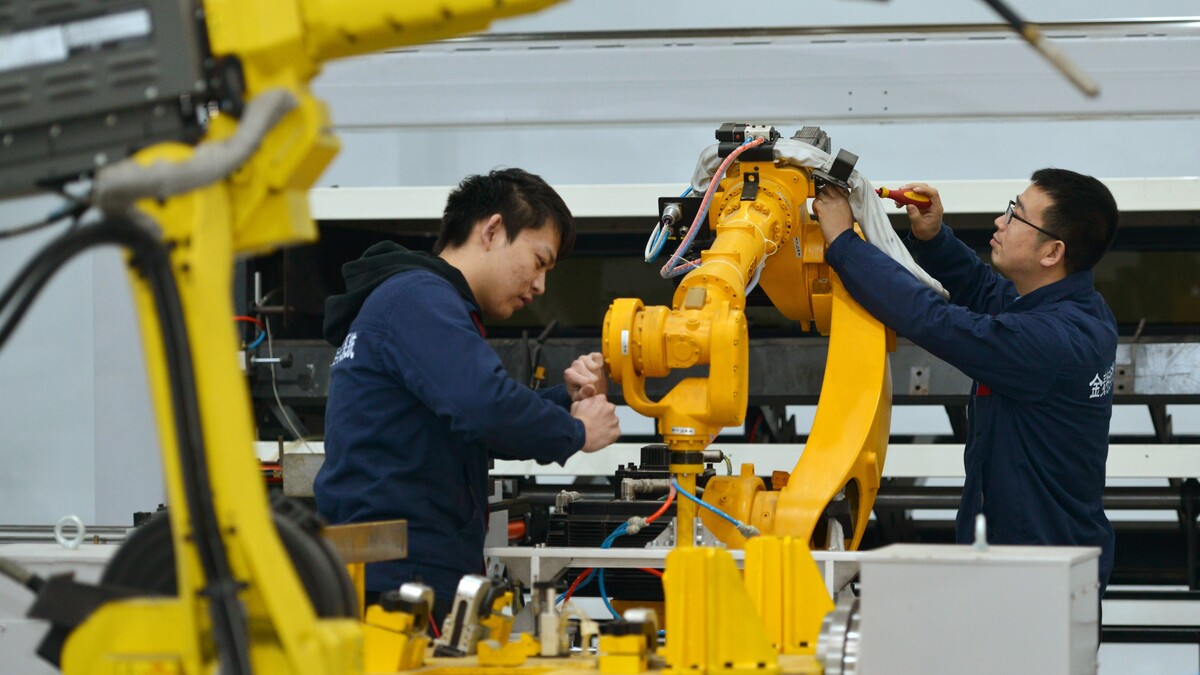Published 21 May 2020 | 6 minute read
The COVID-19 pandemic has forced a discussion about the benefits of industrial policy. Market-oriented countries are now considering – and in some cases implementing – dirigiste policies that would have seemed inconceivable before.
This article was originally published in the The Diplomat.
Supply chain shocks and other economic dislocations precipitated by the COVID-19 pandemic have pushed ostensibly market-oriented countries to consider – and in some cases implement – dirigiste policies that would have seemed inconceivable prior to the pandemic.
Even the United States has resorted to the “heavy hand” of government in directing private sector production of medical supplies. Utilizing a seemingly moribund Korean War-era defense production law, the Trump administration in March began ordering a number of leading companies — including General Motors, 3M, and General Electric — to produce ventilators and face masks.
The U.S. federal government has also intervened to block exports of medical supplies. Meanwhile, legislation is being considered in Congress that would require certain critical supplies to be purchased from U.S. sources only, and deliberations on similar policies continue in the White House.
The pandemic appears to be breaking down the longstanding taboo in the United States against what is loosely referred to as “industrial policy.” Typically, industrial policy refers to a highly proactive and interventionist effort by the government to guide the development of particular sectors of the economy (if not the entire economy). Common policy tools include direct and indirect subsidies, protection from foreign competition, preferential access to capital, implicitly or explicitly guaranteed purchases, and mandates from government on production, and import and export decisions. By definition, industrial policies are strongly nationalistic and are intended to fortify domestic production capabilities.
For decades, the term “industrial policy” has held extremely derogatory connotations in the United States. It conjured images of feckless Soviet-era bureaucrats dictating how many shoes would be produced and was contrasted unfavorably with the dynamism of the U.S. economy, where the market – not bureaucrats – called the shots. The eventual collapse of the Soviet economy seemed to permanently stamp “failure” onto any notion of industrial policy, at least in the minds of Washington policymakers. (This is more than a little ironic, given that the economic development of the United States was significantly driven by what could be considered industrial policies from the founding of the country until the middle of the 20th century.)
The conventional wisdom that has predominated U.S. policymaking since the 1980s is to allow economic efficiency and comparative advantage to drive production decisions, and to steadily reduce trade barriers so that products can (theoretically at least) flow across borders, irrespective of where they were produced. The less government intervention across these transactions, the better.
The onset of the COVID-19 pandemic has laid bare the downside risks associated with such an approach, as it has become evident that most of the world is overly dependent on China for medical supplies, devices, and pharmaceuticals. And despite lofty free trade rhetoric and reams of “free” trade agreements, when push comes to shove, dozens of countries have not hesitated to impose export restrictions on limited supplies of critical products, and even foodstuffs.
This stark reality has led to a recognition that production of some items – because of their health, safety, or strategic value – are too important to be left to the dictates of the market. And on top that, it has become clear that, in at least some cases, nationalistic government industrial policy rather than the “wisdom” of the market is what actually drives where critical production takes place.
Some comparative advantages are determined by natural endowments. Vietnam is a major powerhouse in rice production; Sweden is not. That makes sense. But in today’s world, the comparative advantages that matter most are driven not by natural endowments, but rather by government industrial policies, preferences, and protectionism.
For example, what natural endowments does South Korea possess that confer a comparative advantage in consumer electronics? None. South Korea’s comparative advantage was forged by government industrial policies that provided high levels of import protection to the nascent electronics industry, while funneling funding and credit to favored companies, and providing domestic preferences that allowed emerging giants like Samsung to find their footing.
Of course, once companies such as Samsung became world leaders, it was safe to lower trade barriers and crusade for free trade agreements to provide foreign market access for Samsung’s now competitive products. But that’s a very far cry from anything envisioned by David Ricardo and other classical free market, free trade economists. China closely studied the successes of its East Asian neighbors and then raised the game to a whole new level.
Just as it has in so many industries, China has come to dominate production of protective medical gear, and pharmaceuticals or active pharmaceutical ingredients (API). Prior to the outbreak of the coronavirus, China produced roughly half of the world’s face masks. Since then, it has expanded production 12-fold. China accounts for 71 percent of U.S. imports of mouth and nose protective gear. It’s a similar story with medicine. Chinese pharmaceutical companies supply 97 percent of the antibiotics used in the United States. The U.S. continues to be a leader in innovating new drugs, but production now takes place overseas, principally in China and India. It would come as an unwelcome surprise to most Americans to learn that the United States no longer has the capability to domestically produce penicillin.
China’s predominant market position is largely a reflection of deliberate government industrial policies. In fact, medical devices and pharmaceuticals are specifically targeted in China’s vaunted Made in China 2025 policy, which serves as an industrial policy master plan to achieve leading global positions in strategic industry sectors. All the tools of industrial planning – including government support, restrictions on foreign access, and strong-armed transfer of foreign proprietary information — have been deployed to put China on the top of the medial supply heap.
The pandemic has forced an overdue discussion on whether too much faith has been placed in what we have inaccurately considered to be “free” markets and “free” trade, especially when it comes to strategic sectors or products related to public health. South Korea has just unveiled a “Korean-style new deal” which is built on state-led investment in AI and 5G; Japan has moved to restrict foreign investment in “core” industries of “national concern”; and the United States, mindful of Huawei’s government-enabled lead in 5G, is considering support for U.S.-based competitors. Countries like the United States, which have traditionally eschewed industrial policy, seem to be concluding that such an approach might no longer be tenable if the industrial policies of other countries (China in particular) leave them vulnerable, especially in times of crisis. When the dust settles on COVID-19, industrial policy could very well be back in vogue — even in the United States.
© The Hinrich Foundation. See our website Terms and conditions for our copyright and reprint policy. All statements of fact and the views, conclusions and recommendations expressed in this publication are the sole responsibility of the author(s).








